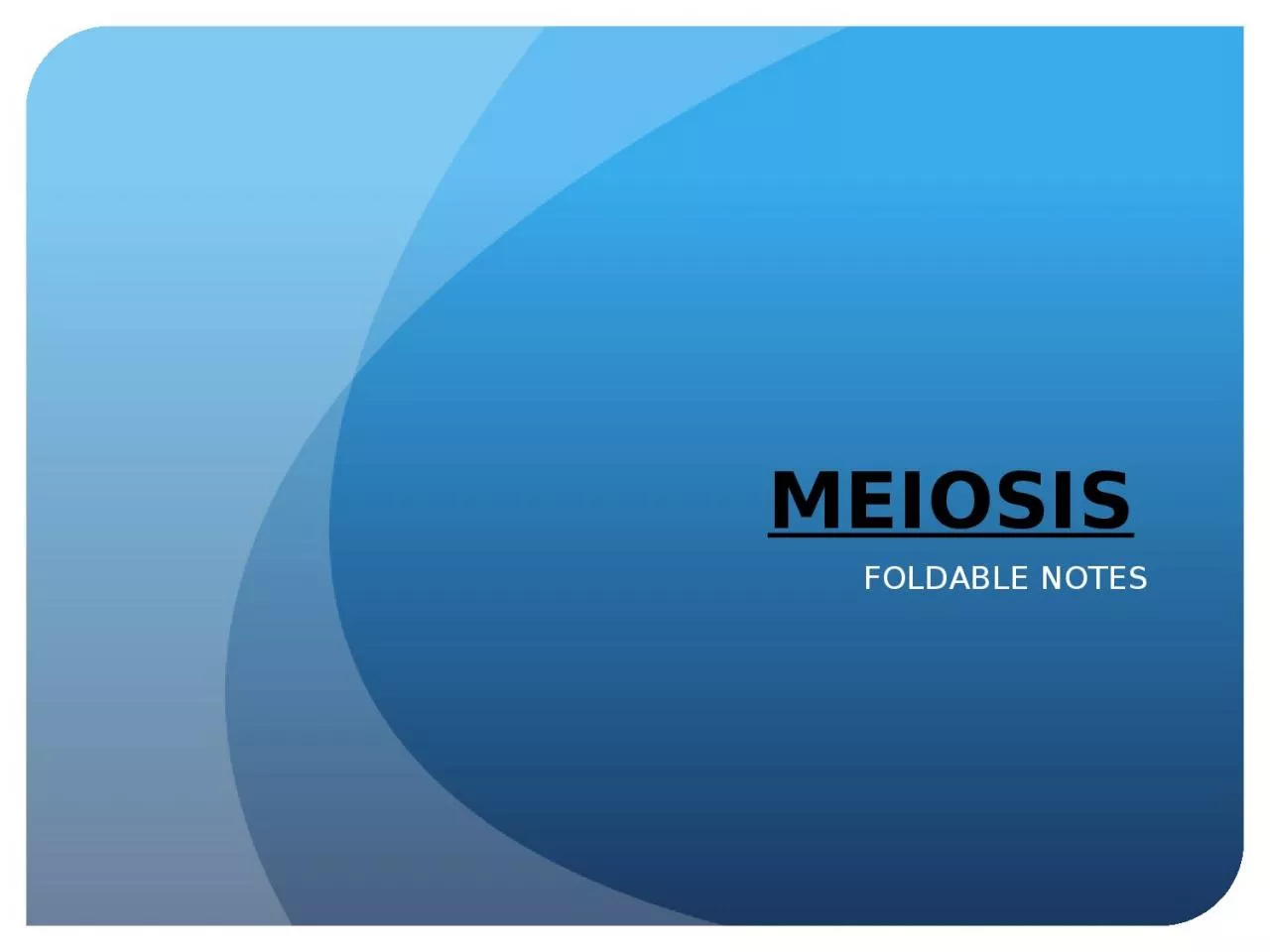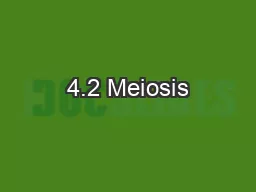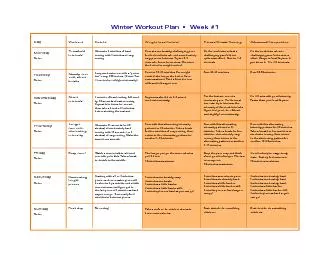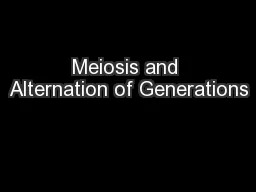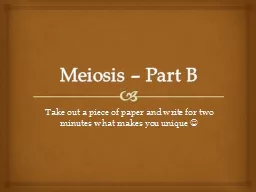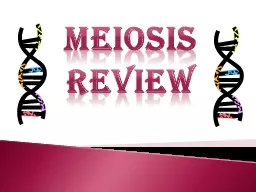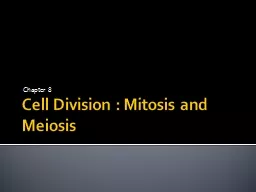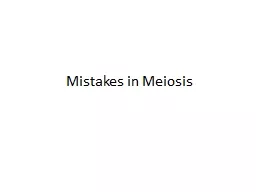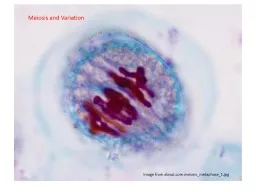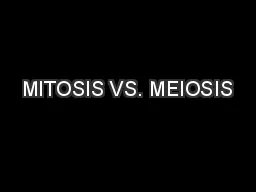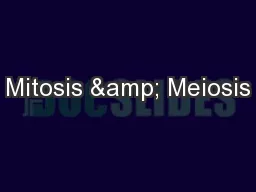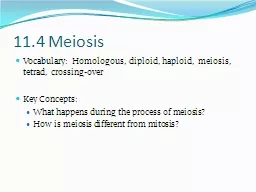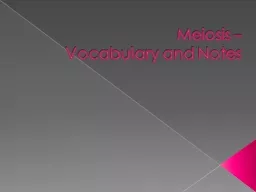PPT-MEIOSIS FOLDABLE NOTES
Author : paisley | Published Date : 2022-06-15
INTERPHASE G FUNCTION This is the part of the cell cycle and first part of interphase where the cell is increasing in size by synthesizing cytoplasmic components
Presentation Embed Code
Download Presentation
Download Presentation The PPT/PDF document "MEIOSIS FOLDABLE NOTES" is the property of its rightful owner. Permission is granted to download and print the materials on this website for personal, non-commercial use only, and to display it on your personal computer provided you do not modify the materials and that you retain all copyright notices contained in the materials. By downloading content from our website, you accept the terms of this agreement.
MEIOSIS FOLDABLE NOTES: Transcript
Download Rules Of Document
"MEIOSIS FOLDABLE NOTES"The content belongs to its owner. You may download and print it for personal use, without modification, and keep all copyright notices. By downloading, you agree to these terms.
Related Documents

